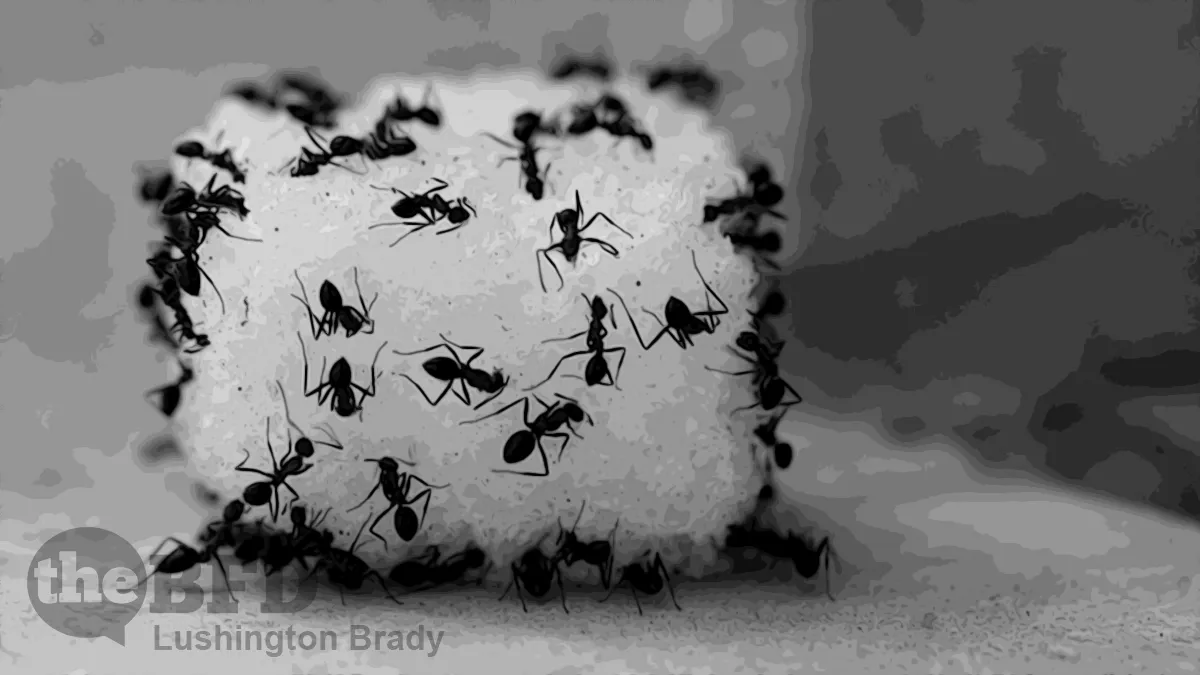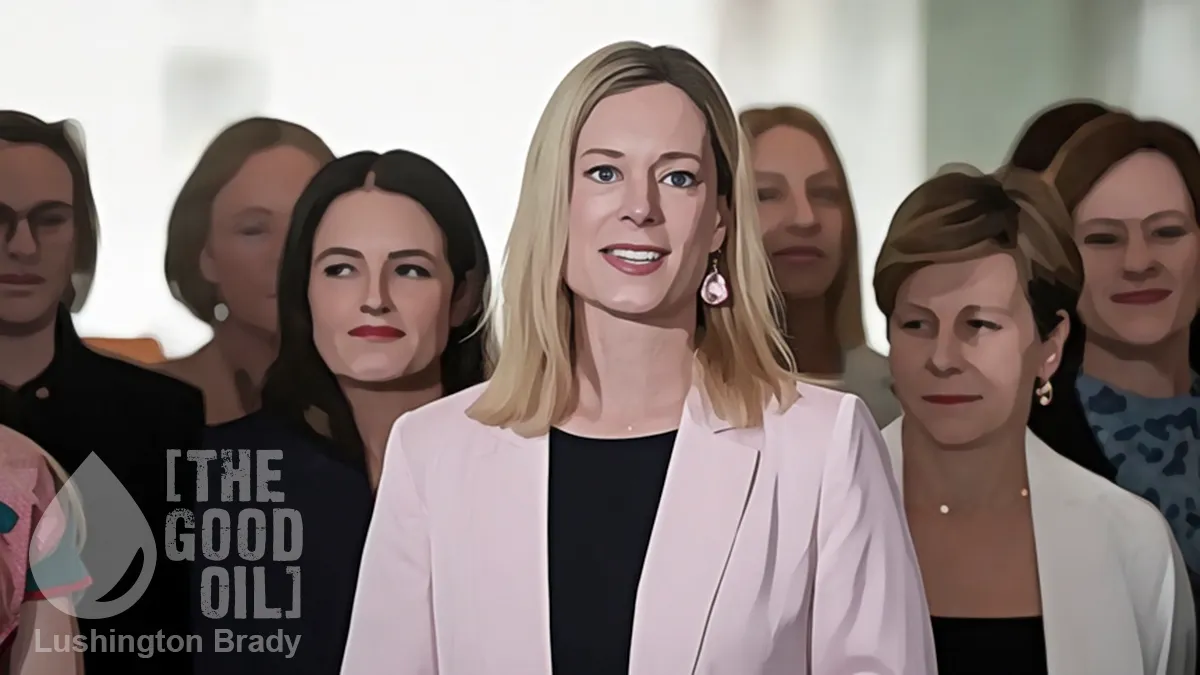Table of Contents
“If you build it,” the famous line from Field of Dreams goes, “They will come.” Or, more accurately, if you put out a bowl of sugar, you’re gonna get ants.
And if you put out a gargantuan, overflowing pot of taxpayer’s money, you’re going to attract every grifter, scammer and workshy spiv in the country.
Which is exactly what has happened — and who didn’t see it coming? — with Julia Gillard’s $30 billion-a-year (and growing) white elephant “legacy”, the NDIS.
Autism rates in Australian children are among the highest in the world, leading a senior researcher to suggest the National Disability Insurance Scheme (NDIS) could be driving steeper than average growth in diagnoses.
Over to senior researcher, Dr Obvious, of NoShitSherlock University.
A paper by Australian National University scholar Maathu Ranjan, who is on study leave from her role as a senior actuary at the National Disability Insurance Agency that oversees the scheme, shows autism rates have risen notably in developed nations over the past 10 years.
But the increase has been sharper in Australia than in other countries with comparable economic and health systems such as the United States, Canada and the United Kingdom.
“Estimates of prevalence in Australia are some of the highest in the world and have grown faster than the global average,” Ranjan said.
And what is it that Australia has, that the rest of them don’t?
“It is plausible that the growth of prevalence rates above the global average in Australia can be attributed to the financial incentives created by government policy, specifically the implementation of the NDIS.”
Well. Knock me down with a feather! The government creates a bottomless honey-pot of lifelong free money, all at the drop of a doctor’s certificate, and diagnoses explode?
Well. I. Never.
More than 75 per cent of NDIS participants under 18, and 45 per cent overall, have autism or developmental delay, which can often precede an autism diagnosis […]
Some experts say that has skewed the way children are diagnosed with autism. More than 8 per cent of five- to seven-year-old children are now on the scheme.
Does anyone really believe that nearly one in ten children is autistic? Is that really more believable than that a whole lot of parents are just on the make?
Some studies have suggested that changing criteria over decades and improved awareness have led to more people being diagnosed, or that some doctors might substitute an autism diagnosis for conditions that have overlapping symptoms, such as ADHD and dyslexia, so patients can access basic services […]
[Ranjan’s] analysis of autism rates from the past decade showed they increased faster in the regions where the NDIS was being rolled out, suggesting the scheme had an impact on the number of people seeking a diagnosis.
But she said further work was needed to determine any causal effect.
Maybe just have a chat to the doctors who hawk autism diagnoses — a golden ticket to a lifetime of free money — for five grand a pop.
Meanwhile, the rest of us are paying through the nose to fund the NDIS’ golden tickets.
Her paper comes as federal and state governments mull an independent review of the NDIS, which is one of the federal government’s fastest-growing expenses […] its annual cost will soar to more than $100 billion by 2032, in part due to a higher-than-forecast number of children joining with autism.
The Age
As cartoon spy Archer would say, “That’s how you get ants”.









